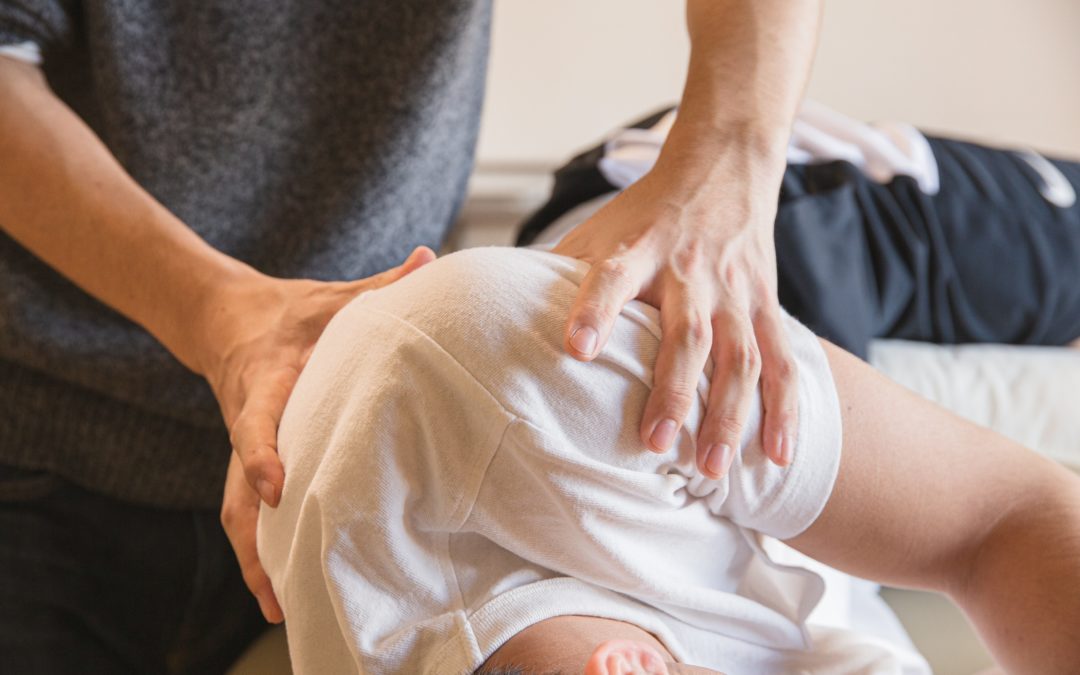Scar tissue is a thick, fibrous tissue that forms when otherwise healthy tissue is damaged. It can form both internally, for example, on a damaged internal organ, and externally, at the site of a lesion, laceration, or surgical incision.
Most scar tissue isn’t painful, since the nerve endings around it were most likely damaged or destroyed at the time of injury. However, as those nerve endings regenerate—sometimes even years later—scar tissue can become very painful. This pain oftentimes becomes chronic, and leads to a condition called chronic regional pain syndrome (CRPS).
As previously mentioned, scar tissue can form either externally or internally and it is easier to identify scar tissue pain occurring outside of your body, for example, at the site of a surgical incision or another wound. You will be able to see and feel swelling, redness, itching, throbbing, or sensitivity to touch. Scar tissue that has formed internally, however, is more difficult to pinpoint. Internal scar tissue can manifest as inexplicable pain, a reduced range of motion in the affected joint, or limited functionality of the impacted organ.
Treating scar tissue pain is important, as living with chronic pain can significantly reduce a person’s quality of life. There are several options for treating scar tissue pain, ranging from holistic to invasive. Some of these options include…
1. Topical solutions. Serums and creams with antioxidants and vitamin C can help alleviate the symptoms of scar tissue pain. Over-the-counter antihistamines can relieve itching that may occur during the healing process.
2. Injections. Corticosteroid or Botox injections help relax the muscles around the scar, which reduces pain and discomfort. This is an especially helpful treatment where you have developed a keloid, or are experiencing hypertrophic scarring.
3. Compression. Compression wraps are available affordably at most drug stores, and can not only help decrease pain and discomfort at the site of scarring, but can also minimize the amount of scar tissue that develops.
4. Massage. Deep tissue massage—or another technique known as the Graston technique—helps reduce inflammation, break up scar tissue, and increase your range of motion. Make sure you let your masseuse know how much pressure you’d like, since massaging scar tissue can be painful.
5. Physical therapy or exercise. A qualified physical therapist can help you regain your range of motion, while building strength in any muscle groups that have been impacted by the development of scar tissue. Your therapist may also recommend stretches you can do at home to support your healing between sessions.
6. Ketamine therapy. For chronic pain conditions, ketamine infusions can provide lasting relief—oftentimes for up to 11-months after the initial series of infusions. Ketamine infusions are not a first-line treatment for scar tissue pain, but—if nothing else is working for you—we urge you to learn more about this effective, innovative, and proven solution for chronic pain management.
Contact JoyDeVie Infusions
JoyDeVie Infusions is Green Bay’s leading provider of ketamine therapy and IV hydration. Contact us using the brief form below to learn more about ketamine for chronic pain, and to find out if you are a candidate.

